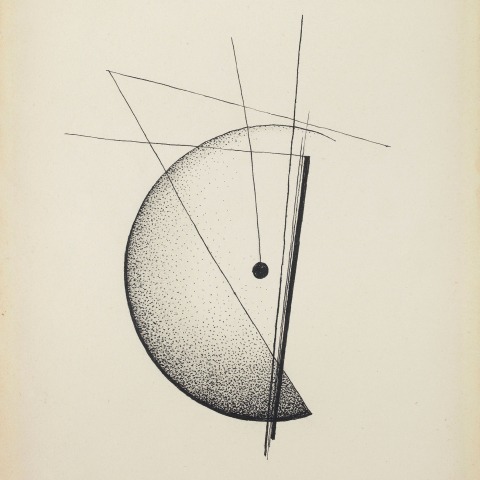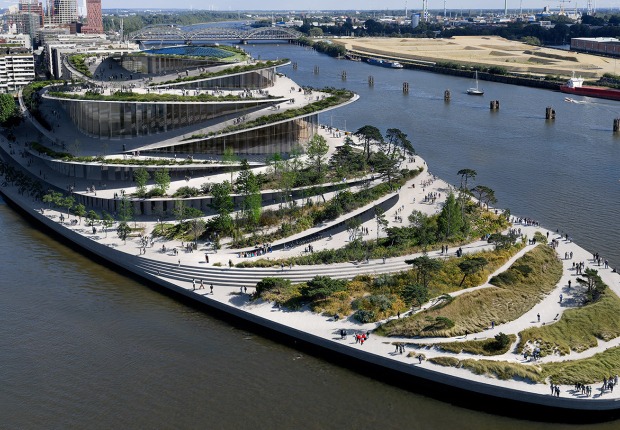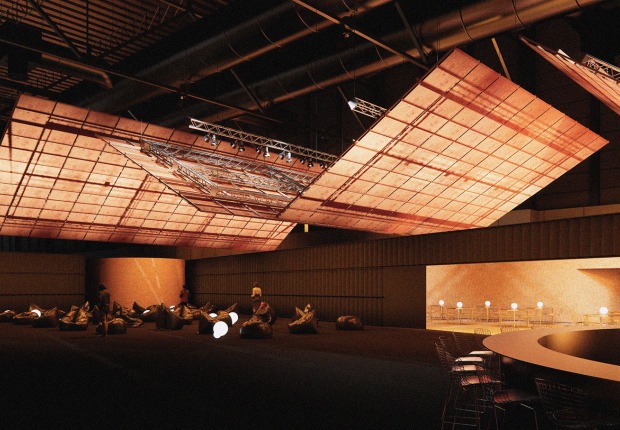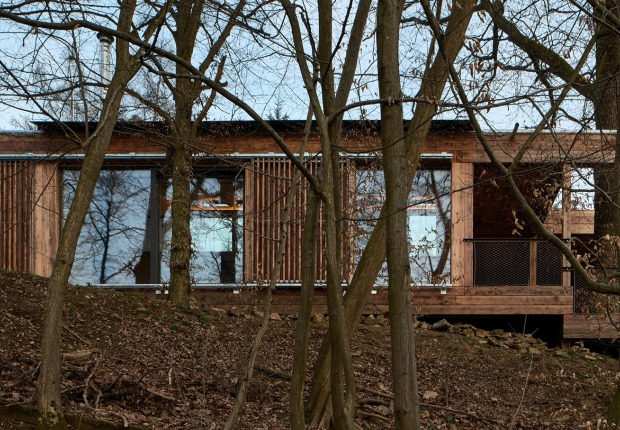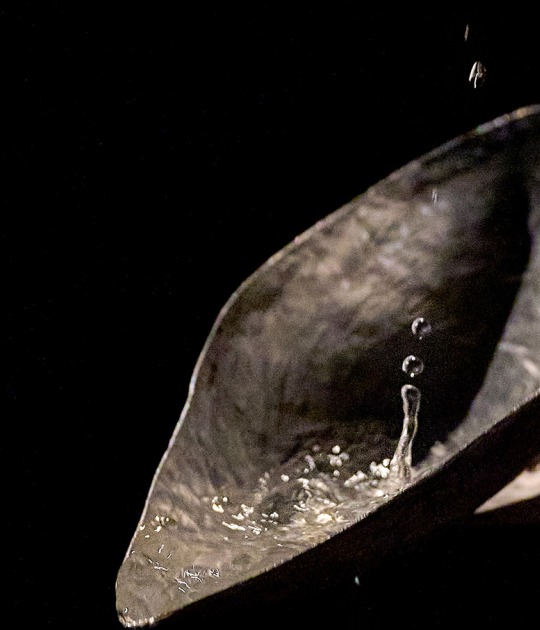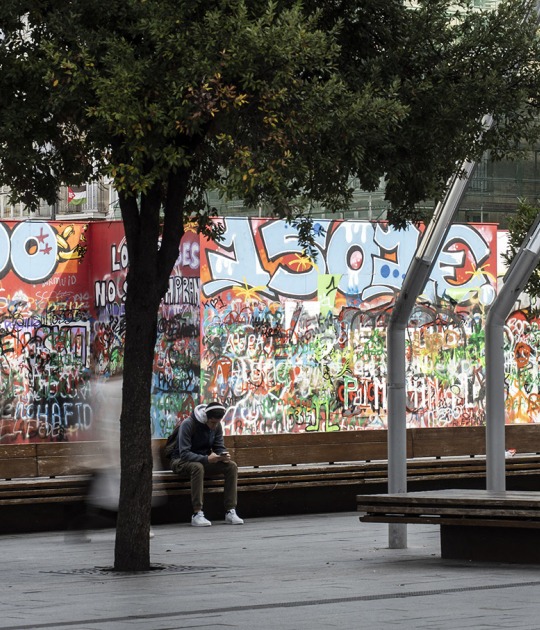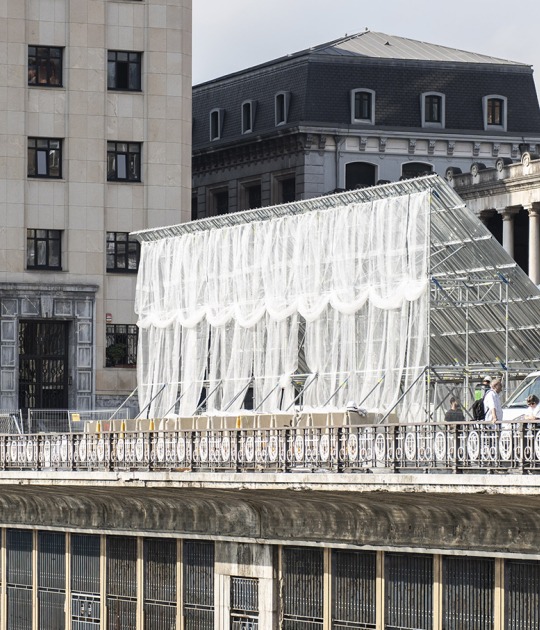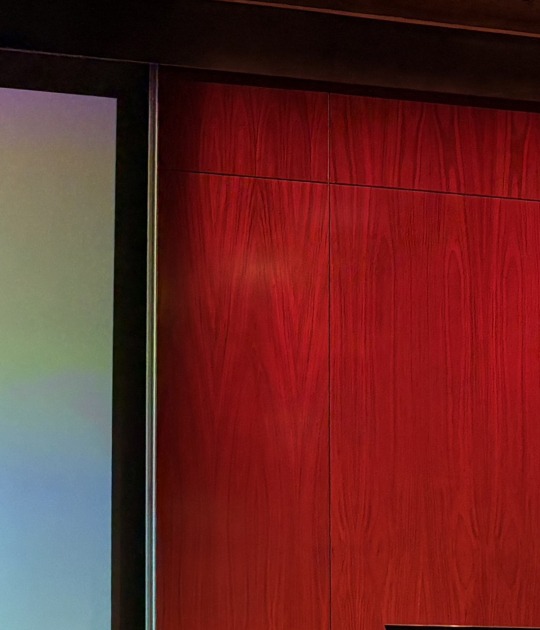The sample of Léon Tutundjian collects more than forty pieces including paintings, reliefs, collages, watercolors and drawings made between 1924 and 1929, one of the most important and fruitful periods of one of the most outstanding artistic figures of Paris between the wars, and of which linear motifs predominate.
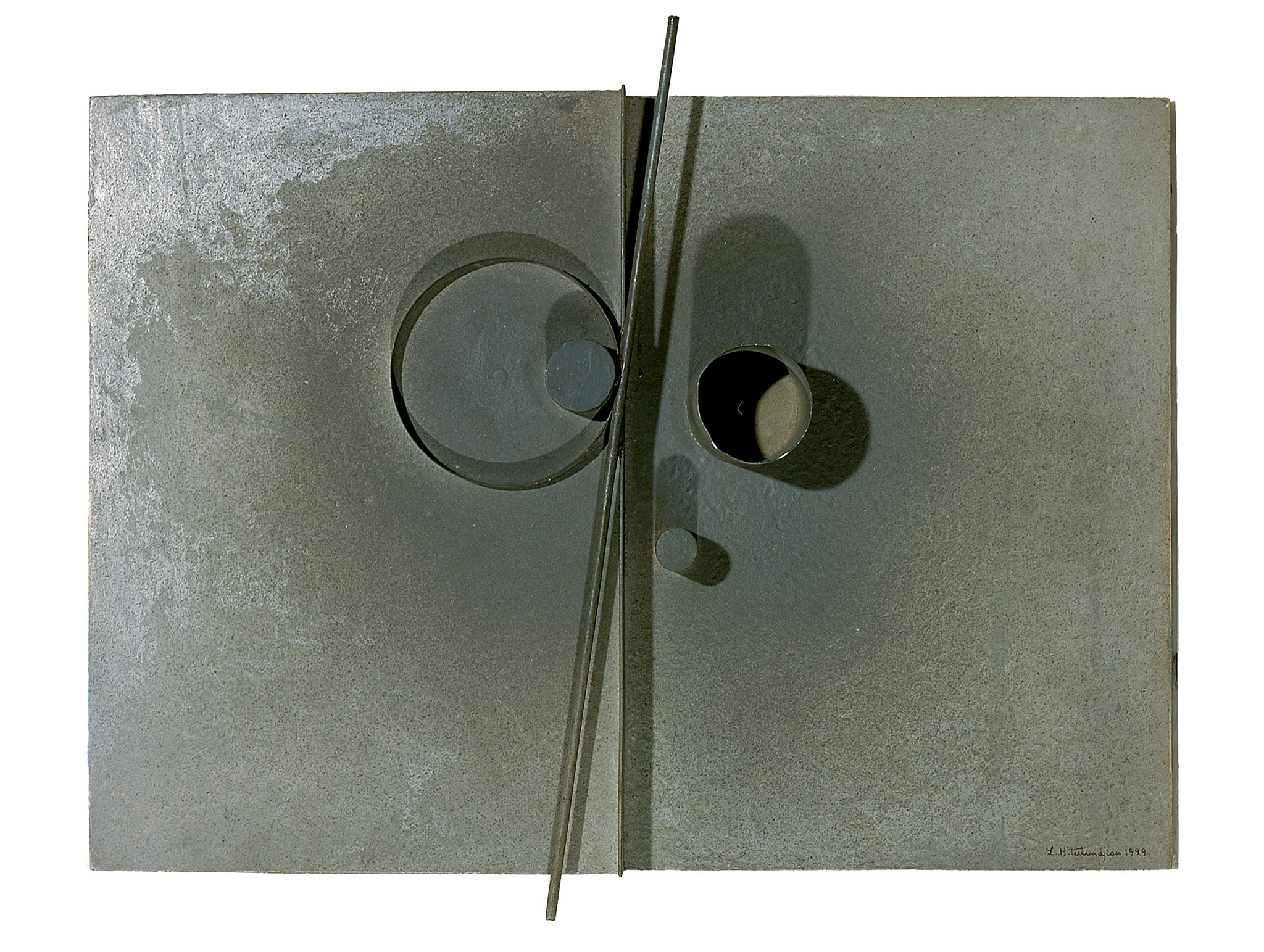
Léon Tutundjian was one of the most outstanding artistic figures of Paris between the wars. In fact, he was one of the most relevant artists in the consolidation of a particular model of abstract, geometric and organic art at the same time. Between the second half of the 20s and the beginning of the 30s, Tutundjian made many of his most beautiful and important works. He devoted himself intensely to making work on paper in which linear motifs predominate, usually on vaporised backgrounds, with biomorphic motifs, sometimes being carried away by automatism, others remaining in an absolutely geometric terrain.
The few reliefs that have survived to this day deserve special attention, of which two important examples can be seen in the exhibition. They are probably the most relevant contribution that Tutundjian made throughout his artistic production. The combination between collage and object trouvé; the painted backgrounds of a gray cold simulating a cement wall; the combination of wood with metal; the fragile balance between weight and counterweight, the straight line and the curve, the circle and the square; a subtle sensation of frozen movement; all this, converts these works into magnificent specimens of sculpture-painting that are directly linked with the works 'built' by his contemporaries such as Tatlin, Rodchenko, Moholy-Nagy, and also Domela, Calder or Miró.

Léon Tutundjian was one of the most outstanding artistic figures of Paris between the wars. In fact, he was one of the most relevant artists in the consolidation of a particular model of abstract, geometric and organic art at the same time. Between the second half of the 20s and the beginning of the 30s, Tutundjian made many of his most beautiful and important works. He devoted himself intensely to making work on paper in which linear motifs predominate, usually on vaporised backgrounds, with biomorphic motifs, sometimes being carried away by automatism, others remaining in an absolutely geometric terrain.
The few reliefs that have survived to this day deserve special attention, of which two important examples can be seen in the exhibition. They are probably the most relevant contribution that Tutundjian made throughout his artistic production. The combination between collage and object trouvé; the painted backgrounds of a gray cold simulating a cement wall; the combination of wood with metal; the fragile balance between weight and counterweight, the straight line and the curve, the circle and the square; a subtle sensation of frozen movement; all this, converts these works into magnificent specimens of sculpture-painting that are directly linked with the works 'built' by his contemporaries such as Tatlin, Rodchenko, Moholy-Nagy, and also Domela, Calder or Miró.
